Worth the Hype?
Expectations mingle with skepticism when you approach such an extreme instrument as the Zeiss Otus 85mm f/1.4 Planar T* ZE. It more than doubles the price of its competitors (even those with larger apertures), and sets a new upper limit for size and weight in an 85mm lens. One can’t help but think, “Is this thing worth the price and bulk?” I remember having similar thoughts when I first switched to a full frame camera body (Canon 5D MKII). I was initially critical as I viewed the early pictures from the camera, wondering if there was really that much of a difference. I wanted to be wowed out of my socks, and I actually considered not keeping the camera in the first few days. But as I used the camera, taking it into various situations and digging deeper into the stages of taking, viewing, and processing the images, I began to realize the full range of nuance and depth that was there when compared to the cameras I had used before. The shallow depth of field, the vastly improved low light performance, and increased complexity of color… It took time and experience to fully realize the quality of a full frame camera.
The same was true with the Otus. Let me put it this way: if you are just picking up this lens and firing off a few shots in a camera store, you will probably never appreciate the depths of how amazing it is. Manual focus is frequently a lost art amongst photographers, and my experience is that even for those of you familiar with using a manual focus lens there is a bit of a learning curve as you develop a feel for the unique focusing character of each lens (consider this the analog equivalent of doing an AFMA on an autofocus lens!). Put simply, your ability to nail focus grows exponentially the more you use a lens. Your first shots with this lens probably won’t be your best, but here’s a warning: shooting with this lens is addictive, and may just change the way you view the rest of your lens collection.
I’ve had the unique privilege of using a LOT of lenses the past several years both as an owner and as a reviewer. I would say that 50 different lenses in the past 3-4 years is a very conservative estimate. There are also a number of shooting environments within close distance that I have shot often and with a variety of lenses. I can’t go to some exotic destination with every lens that I review, so I have shot some familiar environments with a lot of different glass. I am first a photographer and secondly a reviewer; I shoot tens of thousands of photos each year. I say this to say that I know what to expect in certain environments and weather conditions. As I began to use the Otus in those environments and weather conditions I found my typical expectations shattered.
Mind Officially Blown
Wide aperture primes typically have certain strengths and weaknesses. At large apertures they will perform well IF you put them in situations where they can succeed. This is typically at close to medium focus distance (4-12 feet), the distance that many of them are optimized for. You often need to avoid high contrast situations, otherwise you will deal with chromatic aberrations and fringing. Oh, and don’t expect extreme sharpness, because usually that is going to require stopping down a fair bit. If you break those rules, you are typically going to end up with poor results. Resolution falls apart if you are shooting towards infinity at wide apertures, with images having soft, hazy results and low contrast. Chromatic aberrations and general optical ugliness make you regret your aperture choice.
But not the Otus.
I have yet to find a situation that it DOESN’T perform well in. I have broken all the usual rules and have gotten extremely unique, incredible images. Take this landscape scene, for example (this is color processed unlike most images in this review).
I shot it at f/1.4 and near infinity focus in the ultimate high contrast situation – a snowstorm. A million little opportunities for green or purple fringing. This would have resulted in nothing but disappointment with any prime I’ve used before. Imagine my amazement when I zoomed in 100% and found crisply defined textures in the needles of the tamaracks and even found the falling snowflakes clearly defined with no discernible aberrations of any kind. They weren’t soft or hazy; each flake was clearly defined.
It created a wonderful, natural texture to the image. The unique, soft foreground blur looked almost like a tilt-shift effect except the focal plane has field curvature. The unique combination of softness and sharpness made this instantly one of my personal favorite landscape shots of the year. It is subtle, nuanced. A piece of art, in my opinion. But it is also a shot that would have looked like garbage at close inspection with most lenses I have used in comparable shooting conditions.
Resolution is one of the most distinguishing qualities of this lens. It is impossible to realize how much detail the lens resolves when viewing images at typically web sizes. I have no doubt, for that matter, that the lens outresolves the sensors of my Canon EOS 6D cameras handily. But when you have a chance to view images under full magnification you realize just how much detail is resolved that is, frankly, missing when shooting with lesser optics. The only comparison I can make is to a good macro lens, and that is only at the distances where a macro lens is optimized for. The Otus continues to resolve like that at all focus distances. I am including a number of photos here along with near 100% crops to show how incredible the resolution from the Otus is. These are all at f/1.4 (wide open) taken from a variety of distances and the crops taken from wherever in the frame was my primary point of focus.
The incredible performance of the Otus means that there is basically no penalty for shooting it wide open other than potentially the depth of field being more shallow than you would like. This makes it one of the best low light lenses of all time, as you can literally shoot the lens wide open and still have stunning sharpness and none of the usual optical comprises that come with a large aperture prime wide open. Videographers are going to LOVE this lens.
Build Quality
Another reason they will love it (as will anyone else) is for the focus ring. Like the optics, the quality and precision of the focusing action on the Otus will probably ruin you for most other lenses. It is incredibly smooth. If you are using Live View focus, for example, it is very easy to support the lens with your left hand while using just a finger to precisely dial in focus (the lens hood was designed perfectly as a natural place to support the lens with your left hand. The long focus throw allows for very precise focus at all distances, and the smooth action of the focus allows one to make more rapid major adjustments than many lenses. I found the Otus 85 to be one of the easiest manual focus lenses to use…ever. The electronic connection to the camera body provides visual and audio feedback when focus is confirmed by lighting up the appropriate focus point in the viewfinder and a “beep” when focus is achieved. The aperture iris is also controlled by the camera like any other lens, and your EXIF data is all properly communicated to the body. I did not observe any metering issues at all. If you aren’t put off by the concept of manual focus, the Otus will certain give you nothing to complain about in the focus department.
The design of the Otus is unique amongst other Zeiss lenses (other than the Otus 55, of course). Zeiss has gone to some lengths to distinguish these most premium of lenses from their already premium stable of lenses. The Otus has a very smooth body with relatively little “interruptions”. There are two large semi-gloss sections with a rubberized focus ring between them. This is a departure from the usual metal focus ring, but I found the texture very nice for grip and focus. Time will tell how well the rubber will hold up; the typical metal focus rings from Zeiss will obviously last a VERY long time. There is a focus window (along with usable depth of field markings) and two Zeiss badges on either side of the barrel. Other than this there are only some markings in bright yellow. Yes, yellow.
The color has a practical purpose. It provides high contrast that helps in lower light situations. Still, I am less than thrilled with the look. It feels inelegant in what is otherwise a very elegant lens, and a departure from the usual Zeiss design that is classy to a fault. Still, Zeiss is emphasizing that this is a serious tool for serious photographers, so I understand the logic even though the “gear lover” in me prefers the look of some of Zeiss’s other designs.
The large, metal lens hood is a great example of Zeiss’ ability to design highly functional tools. It clicks in securely and is designed to flow from the body with a gradual flare that makes it appear as if it is a permanent part of the lens itself. The overall lens look with it mounted is as curvy as Marilyn Monroe. It has the same finish as the rest of the barrel along with a lightly flocked interior to capture stray reflections. I kept it in place almost the whole time I had the Otus, as its depth provided great security for the front element and is also the perfect place to rest your left hand and support the lens. The Otus has a metal filter thread in a very odd size – 86mm. It is highly unlikely that you will have an 86mm filter in your collection, but if you can afford this lens, you can probably afford a new filter!
This is a large lens. It is quite long for an 85mm lens (without the hood it is 4.9″/124mm long), which makes it a good third longer than all of its competitors (most of which average around 3.3-3.4 inches). While I didn’t have a Canon 85mm f/1.2L on hand for visual comparison, I did have my Canon 135mm f/2L on hand. You can see that the Otus is slightly longer than the bare 135L but is a bit shorter when both lenses have their hoods attached. The Otus is also much heavier than its competitors. Most 85mm f/1.4 lenses average around 25oz/650 grams, but the Otus weighs in at a hefty 42.4oz/1200 grams. The next heftiest 85mm option is the Canon 85mm f/1.2L, which weighs 36.2oz/1025g. The Otus weighs less than a 70-200mm f/2.8 lens, but only about a fifth less, so that is a fair approximation. I did not find the weight bothersome for my purposes, but I am also relatively young and quite fit. Most potential buyers are aware of the size and heft of this lens. One aside here: the Otus seems to be a true 85mm. Most of the competitors frame a bit wider than the Otus, which
Did I mention the lens was expensive?
It is very expensive. It costs twice as much as Canon’s 85mm f/1.2L II lens, which is already an expensive tool. One could buy nearly five of Sigma’s 85mm f/1.4 lenses for the price of the Otus. But a month with the Otus has got me thinking that it just might be worth every penny of that astronomical price tag. It’s optics are, put simply, peerless.
Peerless Optics
I’ve begun to include a torture test of text on a very white page of a book (the Good Book seems appropriate for a lens reviewer who is a pastor, right…) This really shows a lens’ propensity for chromatic aberrations and the degree of microcontrast it has, along with general resolution. Put simply, a good performance is text that is black and inky in the focus zone and without large amounts of fringing in the out of focus region. The Otus passes this test like no other.
This is a stunningly good performance. The text is resolved perfectly (right down to showing the fibers of the paper), and only the very faintest amount of green fringing is visible beyond the plane of focus. There is no apparent purple fringing in the foreground bokeh. The Canon 85LII is a fantastic performer in many ways, but this comparison will show that the Zeiss is not only far sharper but has FAR less chromatic aberrations – they aren’t even in the same class in this regard. Be sure to click on the link and compare the chromatic aberrations as well as the microcontrast! Even when the Canon is stopped down to the same aperture (f/1.4), it is still not noticeably inferior. The new Sigma 50mm f/1.4 ART has exceptional optics that have been lauded across the board, but its performance here is also markedly inferior.
But I am not a chart reviewer; I am a photography reviewer. What I can tell is that while the Sigma is a great lens optically, the Zeiss Otus 85 is in a whole other class. Its ability to shoot wide open shots at landscape distances without any softness or haze in the textures is unparalleled. It continues to resolve extremely high at all focus distances. The utter lack of chromatic aberrations keeps that resolution from being marred.
But it’s more than that. The lens has incredible microcontrast, so fine details are rendered precisely in all situations. The Zeiss APO Sonnar T 2/135mm is the only lens I’ve ever used that rivals this ability. Add to this the fact that the lens seems utterly resistant to flare and ghosting and you have a lens that handles every situation that I threw at it with utter aplomb. This shot was taken at a wide aperture right into the sun with bare branches as my subject; this should be a nightmare…but it’s not.
I also found that the lens seemed to handle situations with a broad dynamic range exceptionally well. It seemed to help keep highlights and shadows in greater balance than most lenses. I shoot a huge amount of religious events, and I found the Otus kept lights in the church from blowing out, even without touching the highlight recovery slider. This is again one of those situations that I know what to expect…but the Otus defies those expectations. And this is wide open, f/1.4! Look how sharp and contrasty the image is – this is a low light monster!
Here’s another example of a landscape taken at f/2.8 in difficult conditions. Snow makes some areas extremely bright, while the foreground is in shadow. Note how that all elements (shadows, highlights, even the sky) remain balanced. This is more of what I would expect after post-processing images to recover highlights and boost shadows…not right out of the camera in a RAW image.
The Otus is obviously a superlative option for portraiture. The 85mm focal length is one of portrait photographer’s favorites. It provides a nice balance between the exaggeration of certain features with wide focal lengths while avoiding some of the compression of those features that longer lenses create. Fashion photographers will find this lens an exceptional asset; it renders fine details in the lips, eyes, and hair that will stand up to dramatic enlarging. Few people would volunteer to the scrutiny of their skin’s shortcomings that this lens’ radical resolution will produce, so I will put myself under the microscope. One caveat – my wife focused these and is unfamiliar with both manual focus and dealing with the extremely narrow depth of field provided by a lens like this. As a result the focus may not always be on the key place, but these images work for our purposes.
Yes, that is a scary amount of resolution when it is your own skin on display! And this is at wide open apertures. The resolution and larger depth of field even at f/2 is even more bitingly sharp. Take a look at this near 100% crop:
There is sometimes a philosophy that sharp lenses aren’t good choices for portrait lenses, but as a portrait photographer and editor I would much rather have “too much” detail that I can soften in post-production than to be lacking that detail to begin with. For example, here is another f/1.4 image that was processed for a softer, more flattering feminine look…but the detail is still there if you look close.
That extreme resolution and smooth gradations in both color and highlight transition areas result in light falloff and detail that will make your SLR suddenly look like a medium format camera. And that raises an interesting perspective on the price of the Otus. It is extremely expensive as an SLR lens; as a medium format lens, not so much. The price of the Otus is below average for Hasselblad lenses and a downright bargain compared to Leica lenses. Medium format cameras are used by many top portrait/fashion photographers. The typical limitations associated with medium format cameras include much lower frame per second rates and poor performance at high ISO settings. A Nikon D810 + the Otus 85 would rival most every medium format combo for image quality and resolution at a far lower price tag and in a far more flexible package. The Otus would a serious weapon in a portrait photographer’s arsenal.
That being said, however, I hope that I have raised the point adequately that the Otus 85 is far more than just a portrait lens. I have found that it can create uniquely beautiful images in just about every setting and with most all styles of photography. It is a premium photography lens, not just a premium portrait lens.
A Side of Bokeh with that Sharpness, Please
I’ve spent a lot of time talking about the resolution and contrast of the lens, but let’s examine one other aspect of image quality. Some lenses excel in the sharpness category but lose something in the “drawing” – the look of the photos that includes not just the focused region but the defocused area. The Canon 35L, 50L, and 85LII are not the champions in their various arenas in absolute sharpness or their handling of chromatic aberrations. The 35L and 50L face very strong competition from the Sigma ART series, for example, and the Sigma options are superior in absolute sharpness and have much lower chromatic aberrations at wide apertures. Yet many photographers prefer the “look” or “drawing” of the 35L and 50L; there is more to image quality than sharpness.
I’m happy to announce that with the Otus 85 you can have it all. It is incredibly sharp, but adds to that an absolutely beautiful drawing and transition from focus to defocus. Take a look at the gorgeous bokeh in this image, then take a look at the crop of the focused region (at f/1.4). Nice, eh?
That crop should be loaded with chromatic aberrations, fringing, and be slightly hazy if this was like most other wide aperture primes shot wide open. But this is no ordinary lens!
But now, let me tell you the story of this image. The only positive thing about the shooting conditions is that the light was pretty decent. The image looks warm, but it was about 20F/-6C outside. I shot this image in the parking lot of a strip mall; the bumper of my car was literally four feet from where I shot the image. This was just some dried reeds in the median between rows in the parking lot. The Otus’ ability to completely blur the background in such a pleasing way has created an image that looks like a bit of art (no distractions) despite the inauspicious shooting conditions. I share this to highlight how the Otus’ unique combination of sharpness and beautiful drawing will allow you to take images that stand out from the crowd.
Conclusions and Video Review
If you haven’t noticed, I kind of like this lens! I have one nitpick: Zeiss has not included any kind of protective case, which frankly feels pretty cheap when most telephoto lenses in this price range come with premium hard cases. On a positive note, the box that the lens comes in has custom fit foam that adds a lot of protection value and could be used to display the lens when not in use. It is unlikely that one is going to use this to transport the lens for field use, however. Getting a real case is going to be an additional expense. This indictment is scarcely unique to the Otus, however, and I have no criticisms of the actual lens and the way it performs…in any way.
The Zeiss Otus 85mm f/1.4 Planar T* ZE is big and heavy. It is extremely expensive. It is manual focus only. But you already knew that. Perhaps you have already written this lens off because of those facts. But shooting with this lens is a revelation. Having used it for a while leaves me feeling that the weight and price may just be justified…if one can afford it. It is good enough and versatile enough that many shooters would better off owning fewer lenses to afford this one, and has caused me to mentally catalog my own collection and wonder what I would be willing to part with to aid that acquisition. If nothing else, the Otus 85 is most definitely on my wish list. I conclude by asking the same question that I did after reviewing the APO Sonnar 135/2: do you want the best? Because that is, unquestionably, what the Zeiss Otus 85mm f/1.4 is. Whether or not you are interested in this lens or not, you should be happy that it exists. It is evidence of how much further optical performance can be pushed and sets a new benchmark for others to try to reach.
Pros:
- Simply the best optics I have ever encountered, period
- Stunning micro-contrast in every situation
- Incredible resolution rivaling medium format
- Virtually no chromatic aberrations
- High resistance to flare
- Built like a tank…a really sleek and beautiful tank
- Virtually no distortion of any kind
- The best manual focus ring I have ever used
- Superior optics seem to enhance dynamic range – files are easier to process.
Cons:
- Expensive. Really expensive.
- Manual focus only
- No official weather sealing
- Very large and heavy for an 85mm prime
- Odd 86mm filter size
- No real protective case included.
Click Here to Visit the Lens Image Gallery (Including Full Size Samples)
Disclaimer/end notes: This lens was a retail sample provided to me for review purposes from Carl Zeiss (Americas). My review was not influenced in any way by Zeiss; they simply provided me a sample. The images in this review have (for the most part) received only minimal processing and are representative of what the lens itself can produce. As always, I have striven to be as balanced and accurate as I can be in my reporting. Thanks for reading!
You Might Also Like:
Zeiss APO Sonnar 2/135mm ZE Review
Zeiss 1.4/50mm Planar T* ZE Review
Sigma 50mm f/1.4 ART Review
My Top Ten Images of 2014 Part 1 | Part 2
Gear Used
Canon EOS 6D DSLR Camera (Body Only)
Otus 85mm f/1.4 Apo Planar T* ZE Lens for Canon EF Mount
Adobe Photoshop Lightroom 5 Software for Mac and Windows (Boxed Version)
Adobe Photoshop Creative Cloud 1-Year Subscription
Alien Skin Exposure 7 (now released – use coupon code “dustinabbott” to get 10% off)
Purchasing your gear through B&H and these links helps fund this website and keeps the articles coming. Thank you for your support.
Great News! I can now offer a 5% discount on all purchases at Amplis Foto, Canada’s Leading Photographic Supplier. Please enter discount code: AMPLIS52014 in your cart. It is good for everything in your cart, and is stackable with other coupons, too! It will take 5% off your entire order! Proceeds go towards keeping this site going and providing you with new reviews!
Error: Contact form not found.


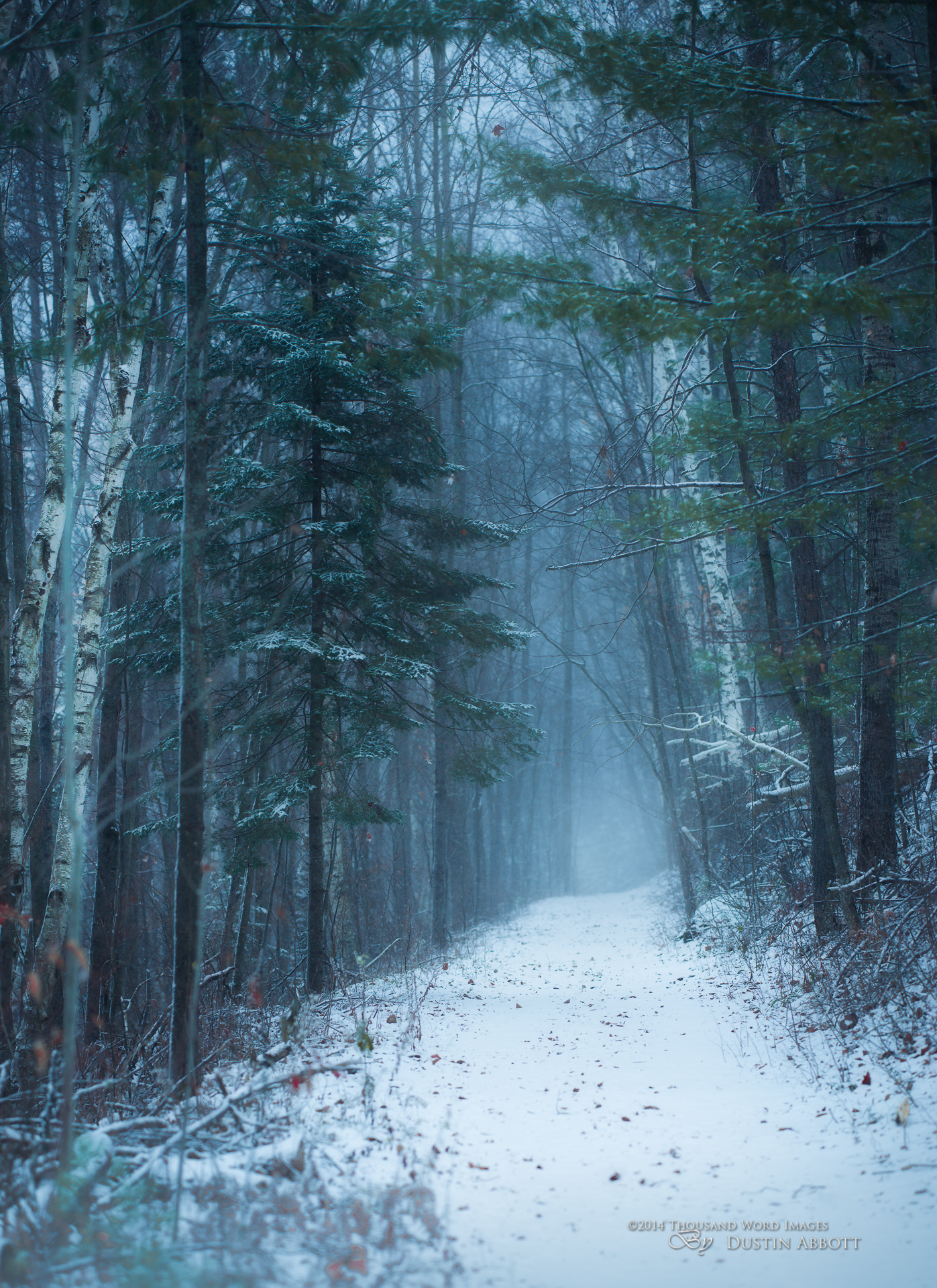





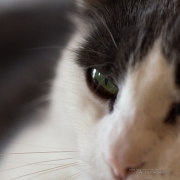

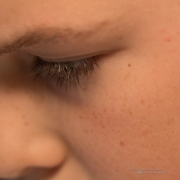



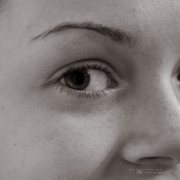











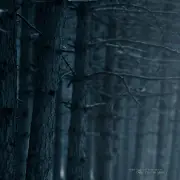



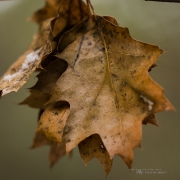


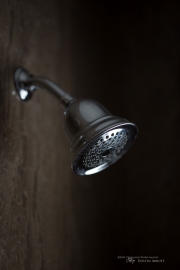
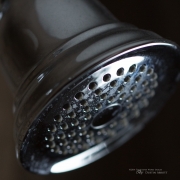

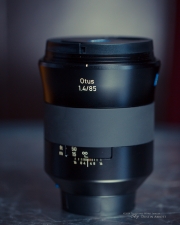
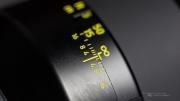
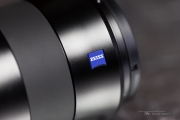
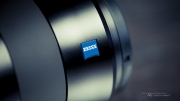
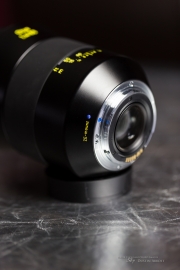
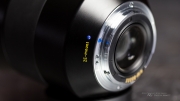
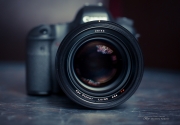
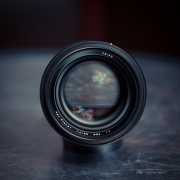
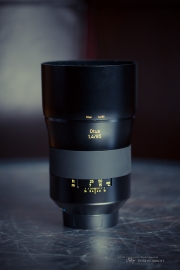
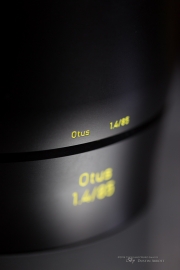
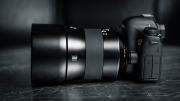
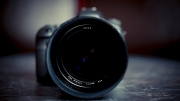
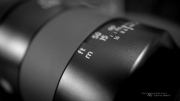
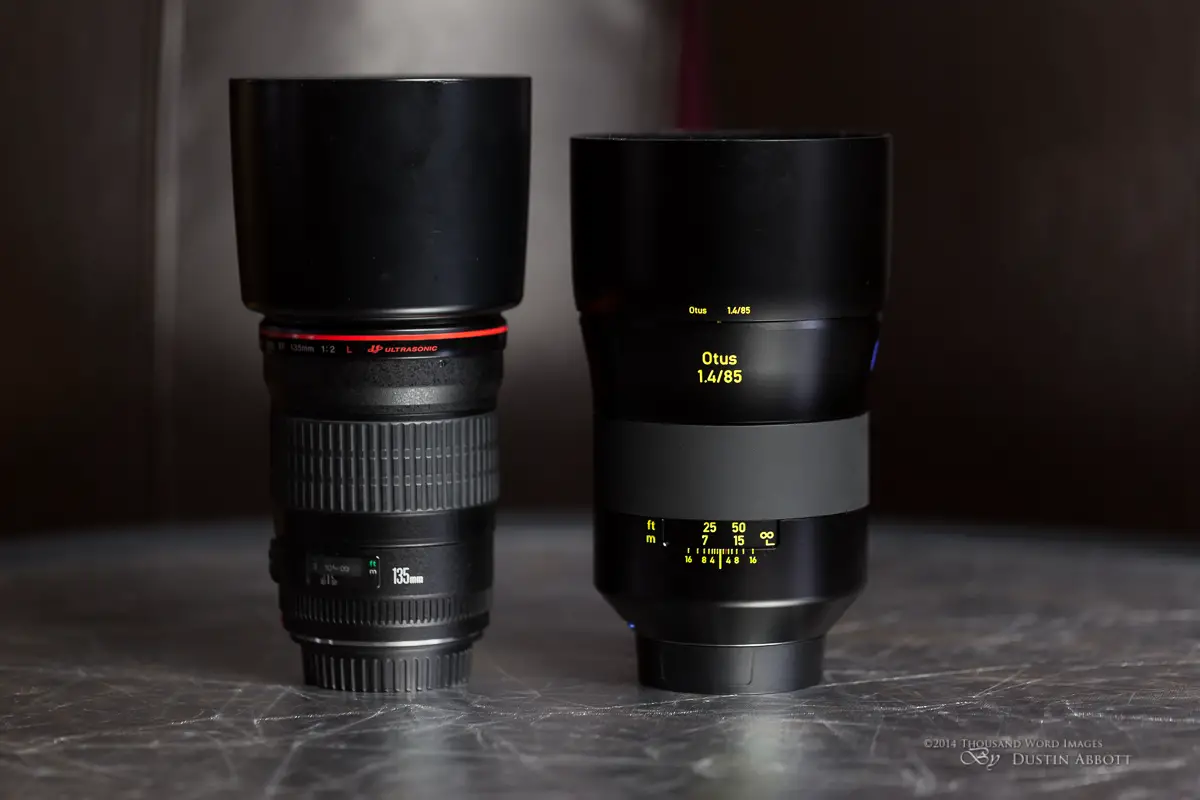
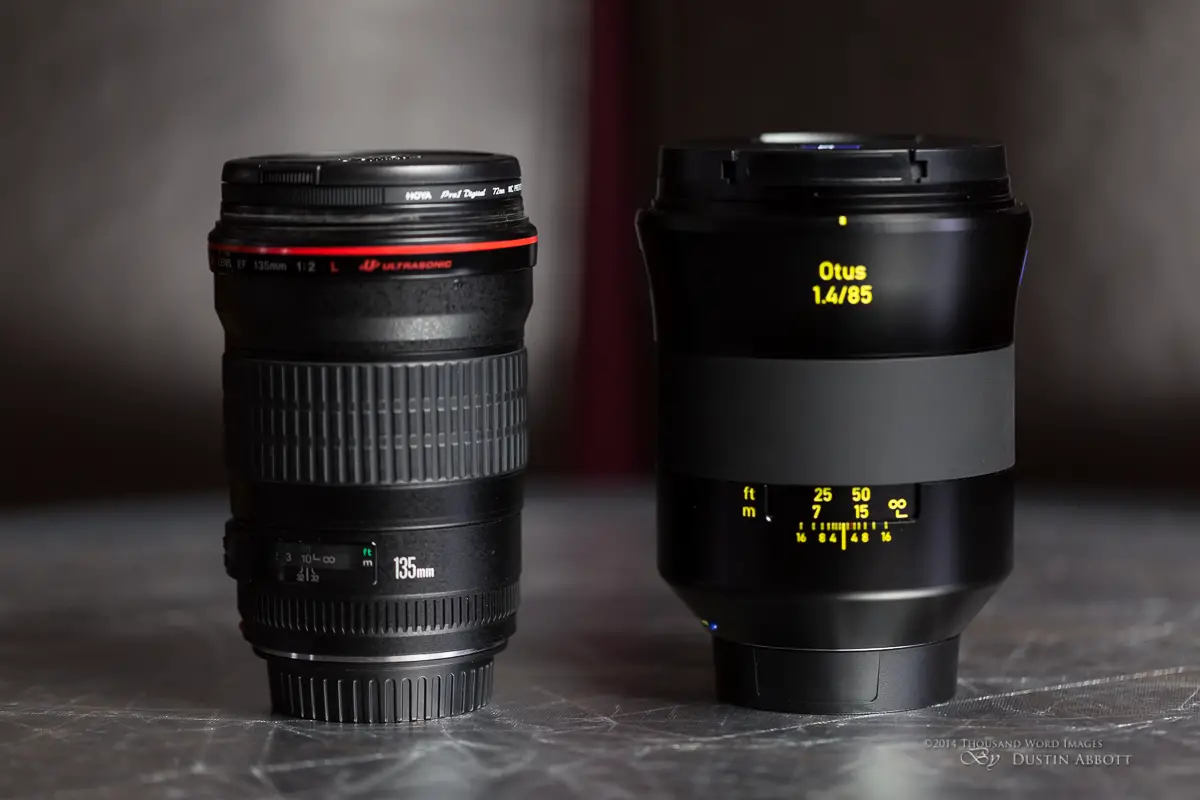
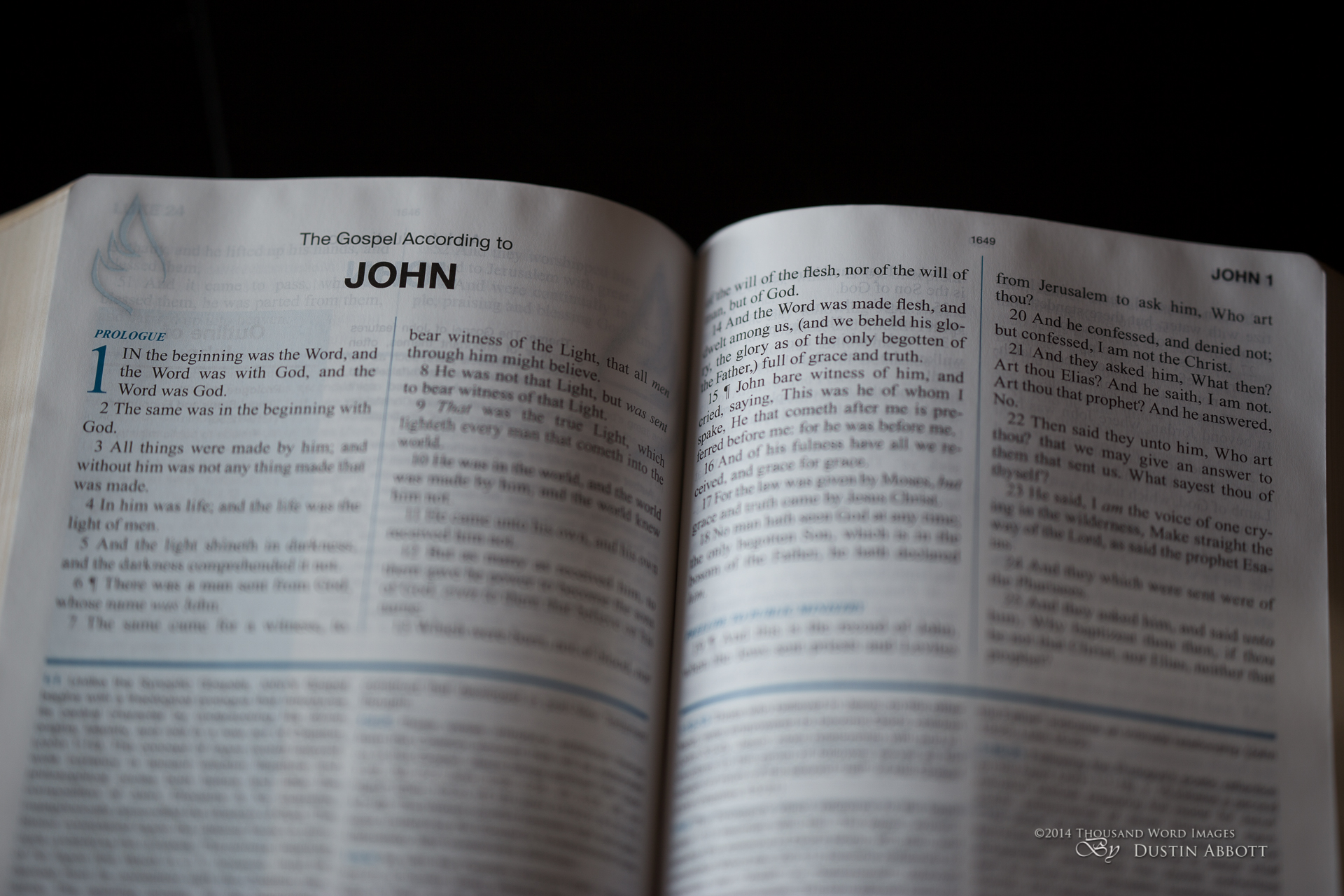
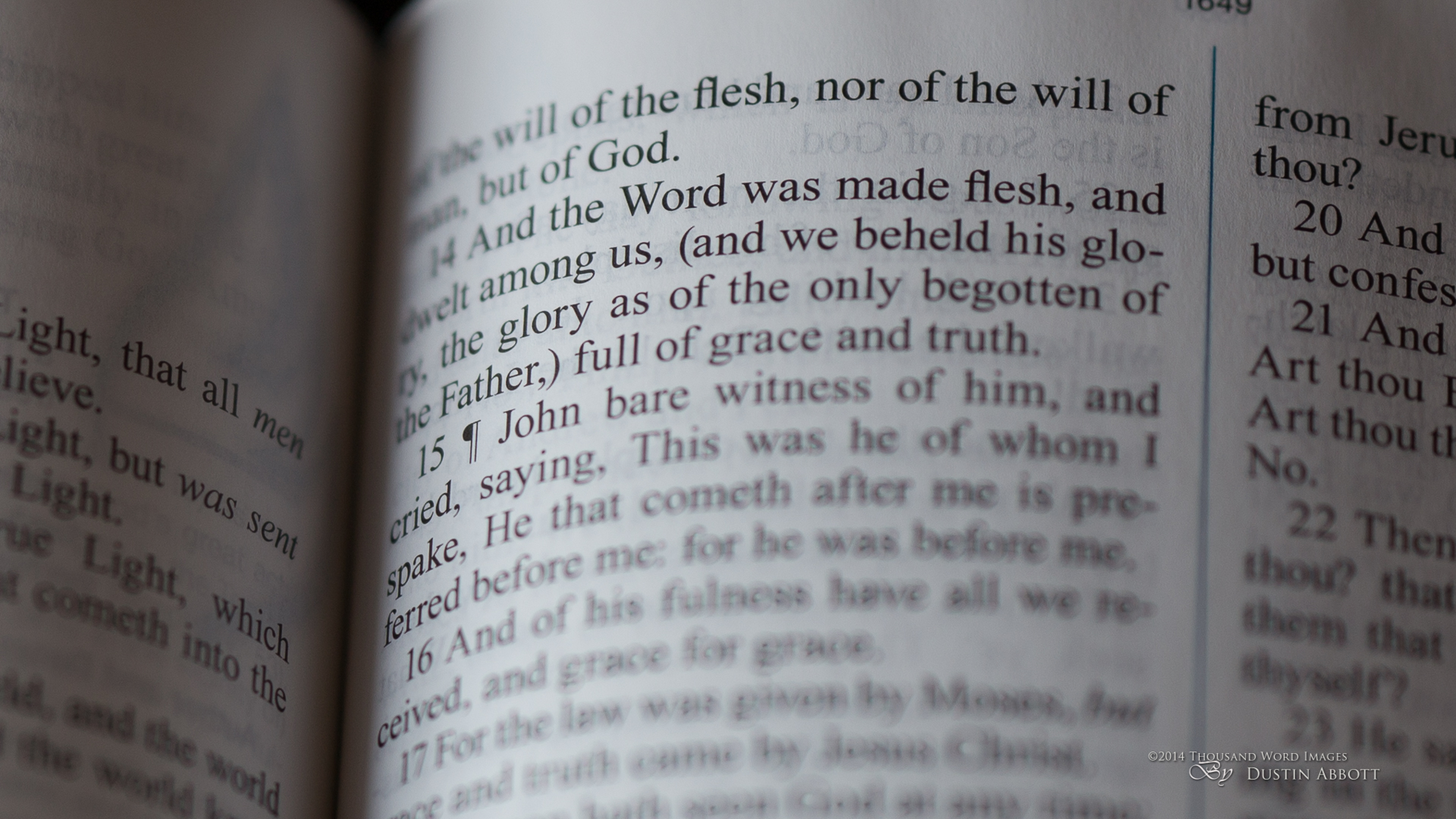





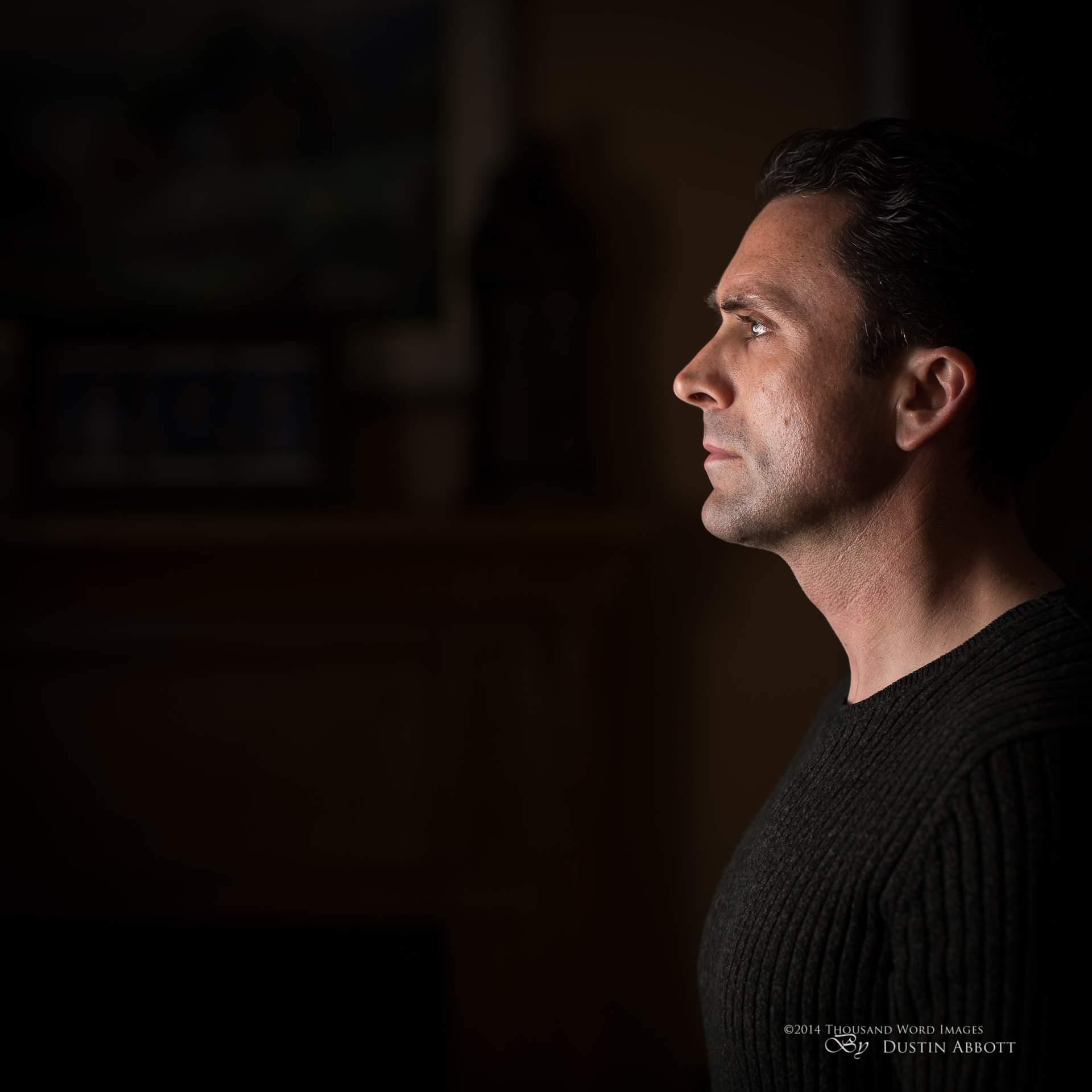

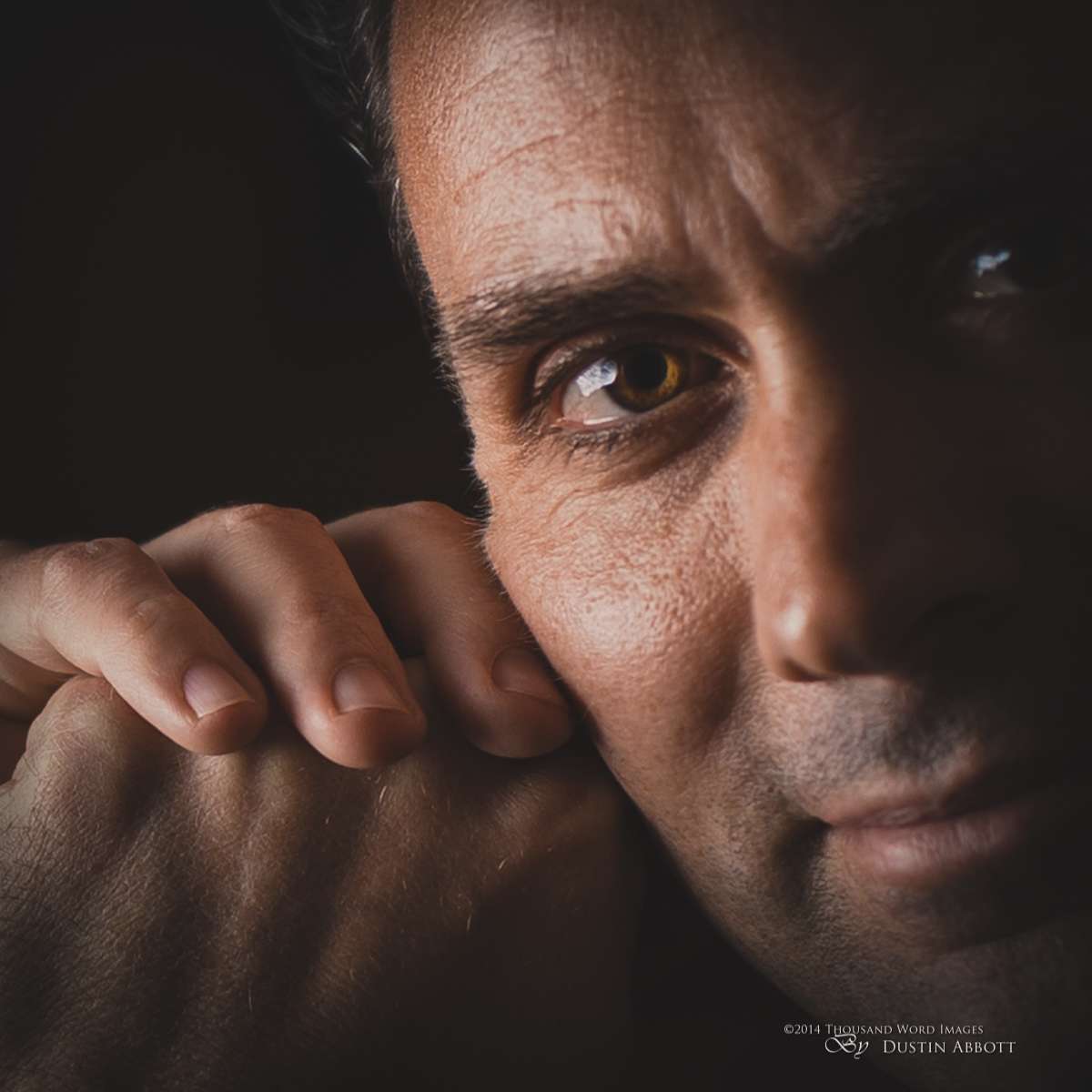
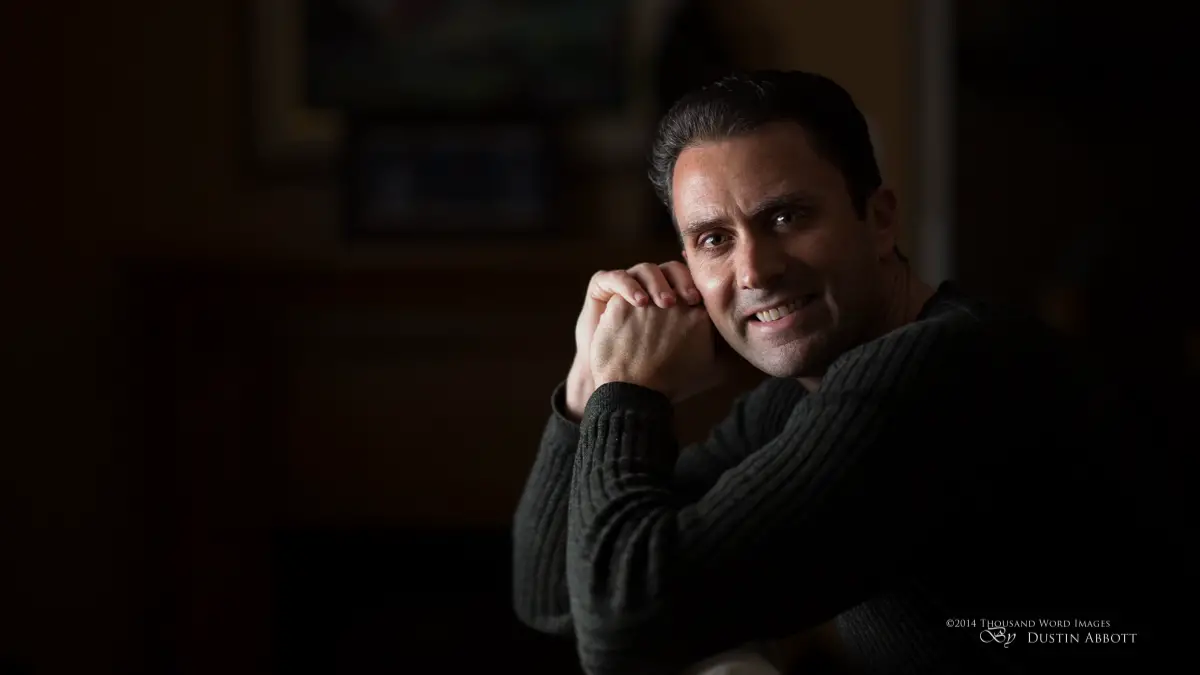
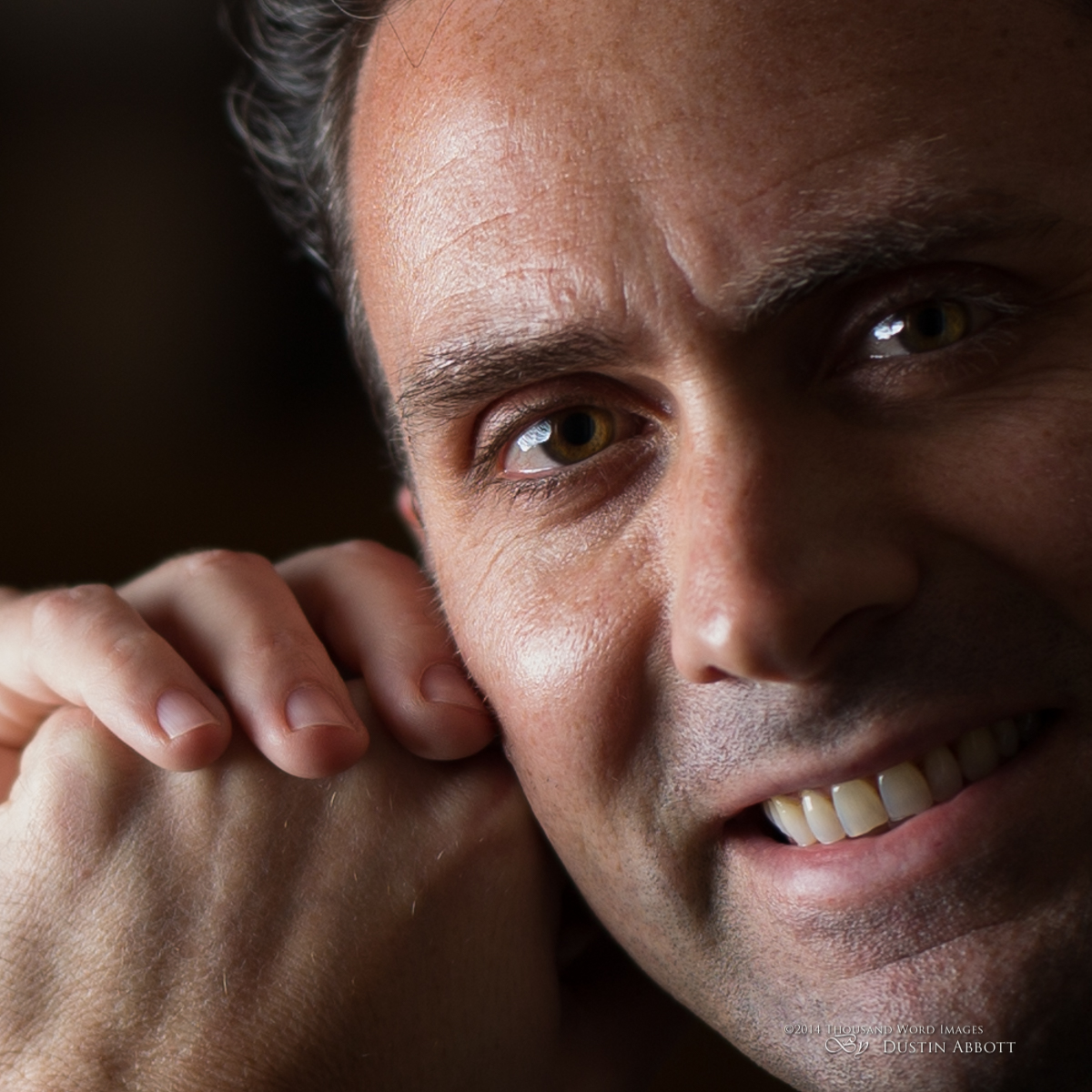

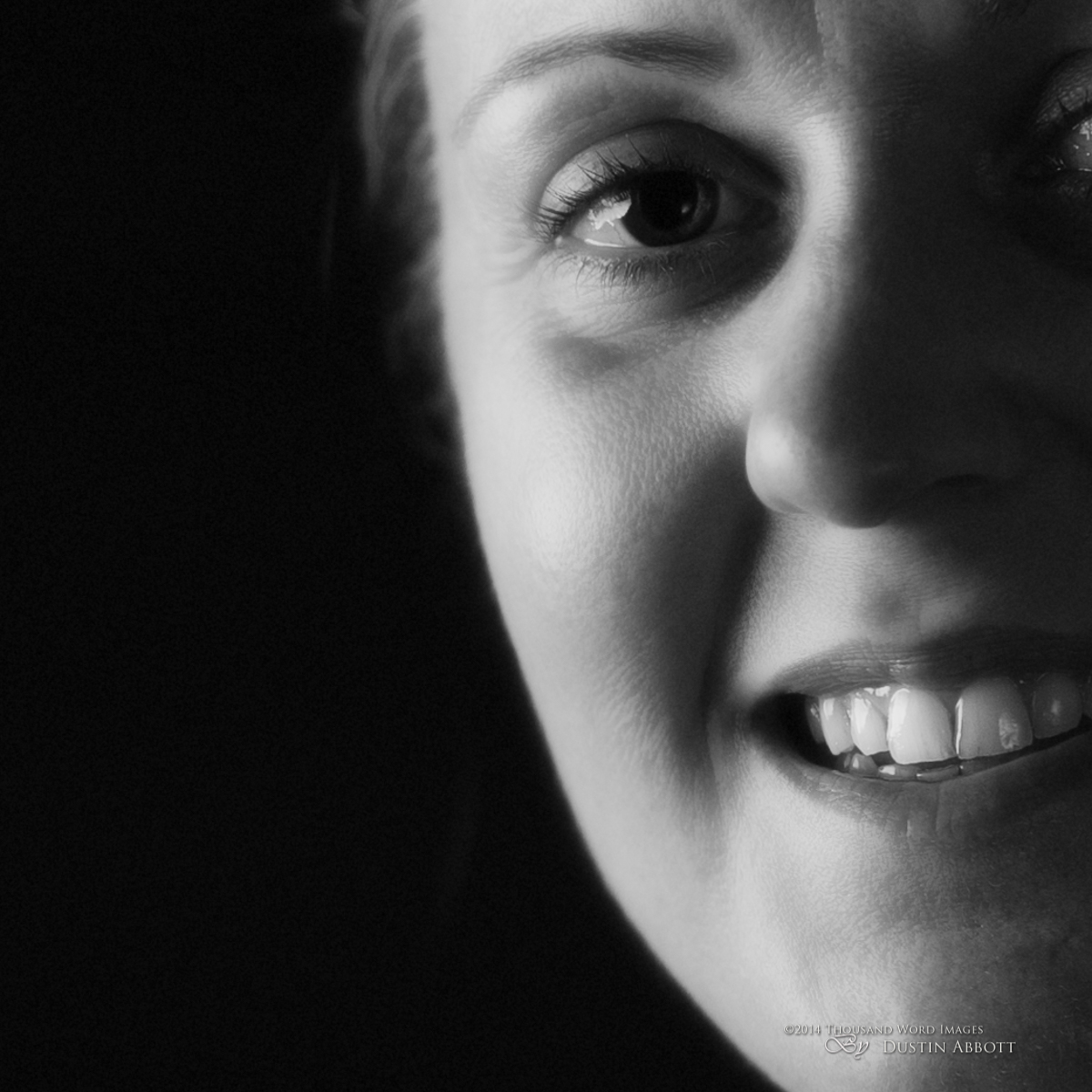



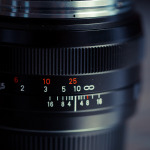









Hi
I have just bought the Zeiss Otus 1.4/85 ZE lens and when importing my raw files into Adobe Bridge the Exif info about the lens showing in the metadata section just shows 85mm and not Zeiss Otus 1.4/85 ZE lens. I also have the Zeiss Otus 1.4/55 ZE lens and this does show Zeiss Otus 1.4/55 ZE lens in the Adobe Bridge metadata section.
I have spoken to Adobe who also confirm this but say it is a question for the lens and/or camera manufacturers since this metadata is not something Bridge or ACR/LR has any control over as it is written by the camera based on what the lens communicates to the camera.
I use the lens with the Canon 5D MkIII camera. Do you know why the correct lens information is not being written to the Canon 5D MkIII or is it a problem for Canon to resolve.
I have included an image posted to my Flickr account which also shows only 85mm in the Exif metadata section.
flic.kr/p/pYKXkH
I have the exact same issue. Irksome, isn’t it, particularly in a lens so expensive! Ironically, the new Sigma 50mm f/1.4 ART has the same problem. Tell you what: I’ll pass this on to my contact at Zeiss and see what his response is.
Really phenomenal Dustin. Great review of a masterpiece! If money were no object I would own this lens. Even though I'm merely a hobbyist. I appreciate the points you made and the logic used to make them. In my opinion, from the photo gallery, numbers 9/13 and 12/13 are definite blowups/wall-hangers. And the interior church shot in the review – simply unbelievable. But I have also been very impressed with the 6D's resolution and color production from the sensor. In a photo forum I belong to (theuglyhedgehog.com) there is a "photo-friend" in Idaho, Coeur' d'lane region, that shoots fantastic bird shots with his 6D and the newer big Tammy (150-600mm). The sharpness and nailed focus of Reggie's shots (Reggie Tolbert) are outstanding. I'm convinced the Canon 6D is the best value FF camera in the market at this time…Thanks for your dedication to the craft!!! God bless.
That’s some great feedback, Matt. The new Tamron is surprisingly good for the money, and people that know what they are doing can produce great results with it. I agree about the 6D! God bless you, too
Hi Dustin – it will be interesting to see what Zeiss have to say. I've also contacted Zeiss through their Facebook page so let's see if they respond. I agree that for such an expensive lens it does irk a tad that the correct Exif data is not written to the camera.
I haven’t heard back yet, but I will add the info to this space when it arrives.
Hi Dustin
Adobe have now confirmed that the solution lies with them – Zeiss stated that the lens CPU simply communicates a number – it is the s/w (Bridge / Lightroom) which takes the number and converts it into an alpha description such as the lens mfr and name.
Adobe told me that the fix will be in a future release for the 85mm. Lens profile support will continue to work as expected.
Cheers
Ian
Very good research, Ian, and that explains why the problem seems to lie with the newest lenses (from third party manufacturers). I find that the Canon bodies do the same, so, for example, the 50mm Makro Planar that I am reviewing right now shows up the same as the Sigma 50 ART (just as 50mm) in the camera body.
Hi Dustin
Thanks for your review which as always I enjoyed reading. I would appreciate more information on focussing with this lens. I imagine the long throw of the focus ring is excellent compared to an AF lens and would be great when live view focussing. What about when focussing hand held via the OVF? Your review mentions the electrical connection between the lens and the camera body achieving focus confirmation. I imagine this works fine when stopped down but is of less use when shooting wide open as there is no ability to calibrate for micro adjustment as there is with an AF lens? I assume therefore that when focussing wide open via the OVF one is reliant on the sharpness of one’s eyesight?
Thanks Phil
Phil,
I actually shot the lens almost exclusively between f/1.4 and f/2.8 and mostly using the viewfinder and focus confirm. I felt my keeper rate was very high. It is certainly very doable. The lens is actually easier to visually focus than most other MF lenses because of its extreme sharpness.
Hi Mr. Abbott,
Really enjoy your review on Otus 85mm. I was just wondering if this lens is suitable for food photography. Would it be as good as a macro lens for food photography? I look forward to your expert comments. Thanks very much.
Best,
Alex
Alex, that is a funny question for me, in that I never do food photography but actually did some with the Otus. The Otus is suitable for just about everything. It is super sharp. The question as to whether or not it would be as good as a macro lens is another matter. If this is your primary purpose, I don’t know that I would buy the Otus. A macro lens allows you to get natively closer, obviously, and the aperture advantage of the Otus isn’t significant because depth of field is so incredibly thin that you would need to stop it down anyway. Buy the Otus if you want the best lens for a lot of applications…including food…but don’t buy it if your primary purpose is to shoot food. P.S. If you do decide to buy the Otus, please use the links in my article. It helps fund this site!
Hi Dustin. I am from bangladesh. I’m a hobbyist and am shooting on a crop nikon d5200. I own a manual 50mm and the slow kit lens and would really like to own lens that is the world’s best. Do you suggest I save up and purchase this 85mm or should I build a system with $4000+
I don’t mind using this single lens for the rest of my life. .
Masum, if you want the best, this is it. My only concern is that you are using a crop sensor camera body. The incredible resolution of this lens is somewhat wasted on a crop body.
ok this is really tempting, I'm portrait photographer and I tried one in the shop and focus seemed much better then the other zeiss.
I tried the 85 milvus, 100 milvus,135mm apo and 85 Otus. Few years ago I used to own 35mm and 100mm f2 – the 100mm suffered strong CA till f4.
My findings within the 5 minutes testing each in bad light handheld:
Otus 85 feels the best to focus.
Milvus 85 was not so easy to focus somehow.
Milvus 100 felt better to focus mabye because it's lighter on the camera.
135mm APO was not as comfortable to handle compared to the new designs.
So more or less I'm between the 100 Milvus and the 135mm Apo now.
+ 100 milvus: slightly lighter, macro as well, cheaper, perfect focal length
– 100 milvus: CA, may have less appealing look then the others
+ 135mm: no optical faults, sharpness, more flattering focal length
– 135mm: old design, handling not sooo nice, longer focal length might need a tripod to stabilize
+ 85mm Otus : handling perfect,optically perfect,
– 85mm Otus: weight and price, focal length a bit wide for headshots
I will be using then lenses from f4 to f8. Do you think optical quality becomes similar at those apertures?
Could you comment on my observations? You had more time with those lenses!